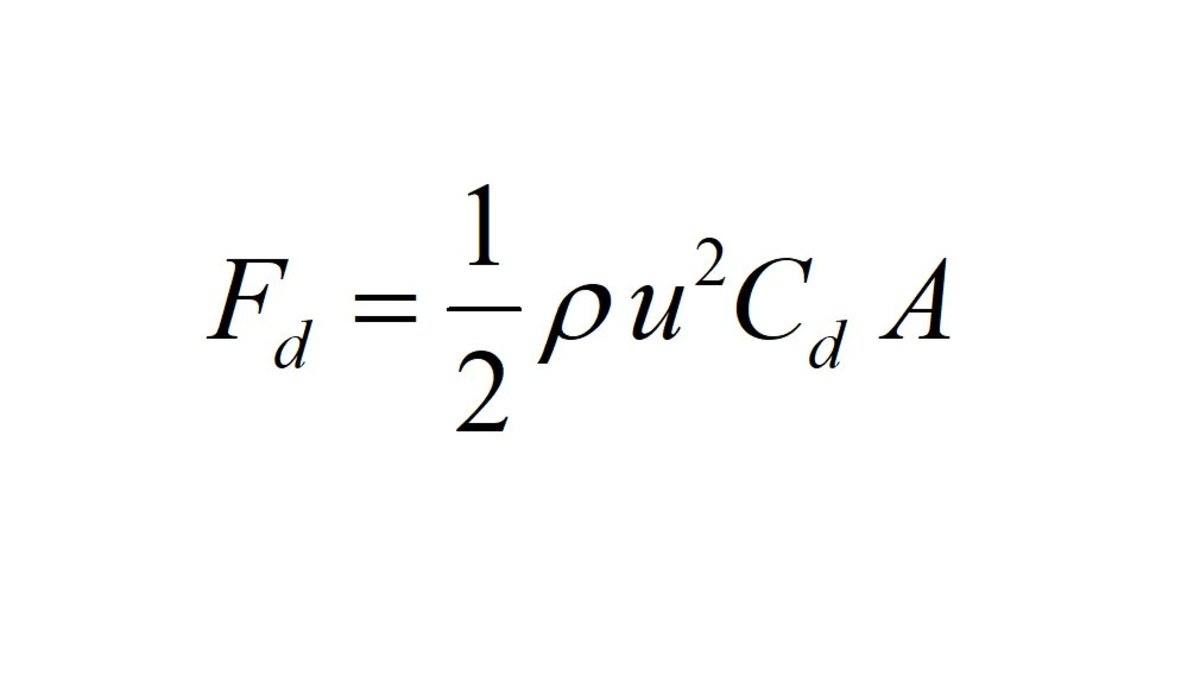

But typical values range from 0.4 to 1.0 for different fluids (such as air and water) The drag force D exerted on a body traveling through a fluid is given byĬ is the drag coefficient, which can vary along with the speed of the body. This means the central core of the fluid exits the pipe first. The velocity at the wall is zero and fastest at the center. The shear rate decreases as the distance from the wall increases. The drag between layers tears, or shears, them apart and each layer moves at a different speed. In the valleys between projections the fluid moves slowly. Roughness is measured by the height of the projections sticking up from the pipe wall. The amount of roughness affects the drag on the fluid.
#DRAG FORCE SKIN#
Skin friction drag is often the major component of drag on objects in a flow.Ī fluid flowing through the pipe contact the pipe wall. As the fluid flows over an object, it applies frictional forces to the surface of the object which works to impede the forward movement of the object the result is called skin friction drag. Laminar flow over a body occurs when layers of the fluid move smoothly past each other in parallel lines. Skin friction drag is generally expressed in terms of the Reynolds number, which is the ratio between inertial force and viscous force. Skin friction drag is caused by the viscosity of fluids and is developed from laminar drag to turbulent drag as a fluid moves on the surface. Skin friction drag is a resistant force exerted on an object moving in a fluid. Friction is a viscosity controlled phenomenon while drag is controlled by velocity.ĭrag is a type of friction – skin friction. Start moving and a resistive force will arise. An object that is stationary with respect to the fluid will certainly not experience any drag force. The frictional force is always parallel to the surface. While dry friction is nearly independent of velocity, drag force depends on velocity and can change significantly with the Reynolds number.Īre friction and drag the same? While dry friction is nearly independent of velocity, drag force depends on velocity. This can exist between two fluid layers (or surfaces) or a fluid and a solid surface. It is a force acting opposite to the relative motion of any object moving with respect to a surrounding fluid. Drag is a type of friction or fluid resistance.


 0 kommentar(er)
0 kommentar(er)
